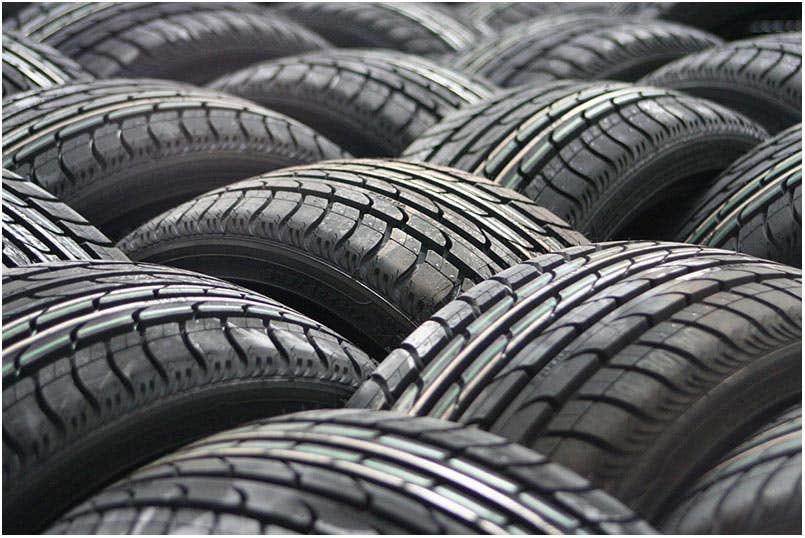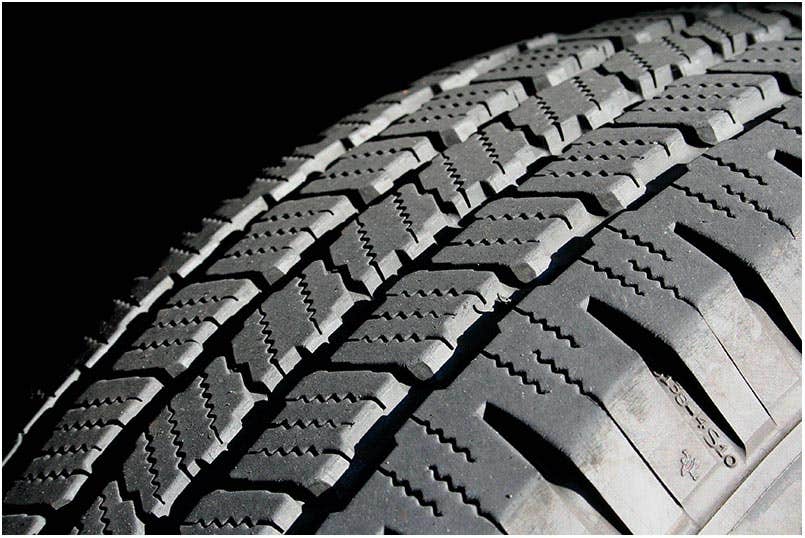Let’s be honest, dealing with wheels and tyres can be a bit bewildering at times, especially if you’re new to looking into this kind of thing. You’ve found some cool wheels you want to fit, but will they fit? How do you know? What tyres would go with them? Will they look any good? Will they be safe?
There’s an awful lot to consider, especially on a modified vehicle, and there’s a lot of numbers to mull over and understand.
The one thing we’d never recommend overlooking, though, is your tyres load rating.
Tyre Load Rating:
The load rating of your tyre represents the amount of weight it can safety carry. Weights dramatically over this rating can cause serious damage to the tyre and wheel. This damage could have devastating consequences if your tyre blows at high speeds.
This is a hugely important safety issue, especially for more modern vehicles which are often fitted with car tyres if running after-market wheels. These tyres aren’t rated for the weight of a vehicle as heavy as a T4/T5/T6, especially one loaded up with passengers, camping equipment or a camping interior.

Insurance & MOT:
As well as being a life threatening oversight, having the incorrect tyres for your vehicle can also invalidate your motor insurance.
It’s also an MOT failure if your vehicle is found to exceed the load rating of it’s tyres, so there’s every reason to make sure you’re running the right tyres for your vehicle.
How do you check?
The load rating of your tyre can often be found after the diameter reading, but before the speed on your tyre’s sidewall marking. It’s always best to check this before purchasing the tyre, and definitely before getting it fitted.

Sense Check:
As well as looking at the load rating of your tyres and the manufacturers recommendations, it’s always best to use a little common sense. If your bus is loaded up with a complete camping interior, two weeks of food, a full bike rack, four passengers, an awning and the kitchen sink, it’s much more likely that you’ll be over your load rating.
If all you’ve got in the back of your van is some Dynamat and whatever you’ve left back there that slides around dramatically on every corner, you’ll probably be much safer, but do make sure you comply with the law.
Here’s a handy table to help you check the load rating of your tyres, and what is required for your vehicle. To calculate the tyre weight of your vehicle, you’ll want to divide the overall weight by four (because four tyres). This information should be easy enough to find online, unless you’re the one carrying everything listed above, plus an overfed Great Dane, in which case you’ll want to get this properly checked to ensure the safety of yourselves and other road users!





